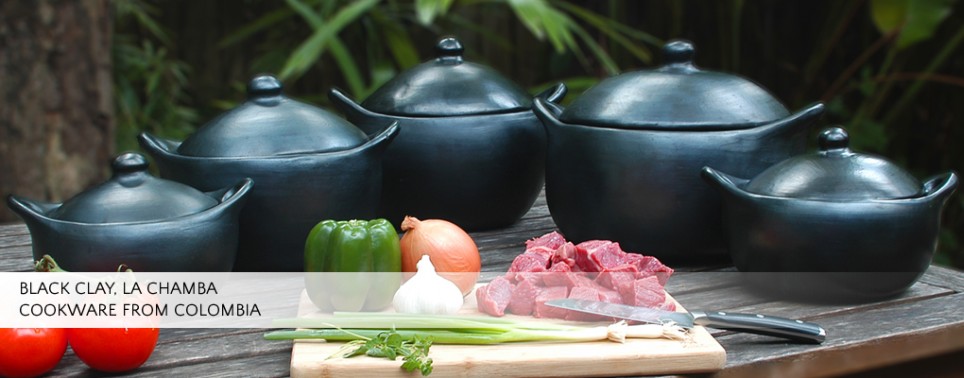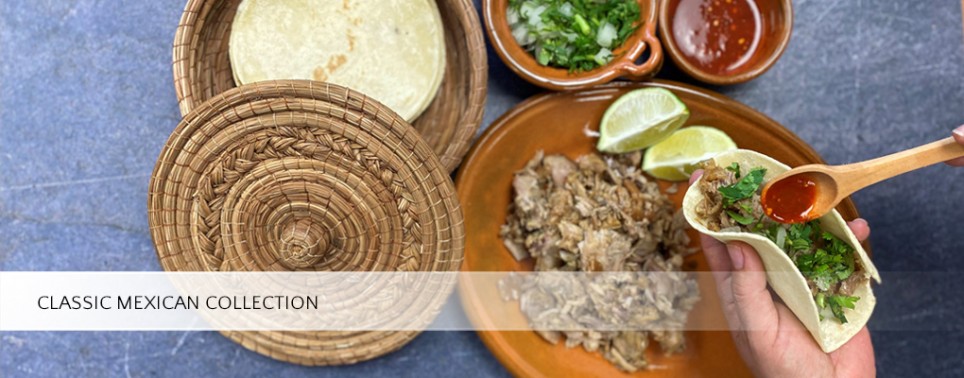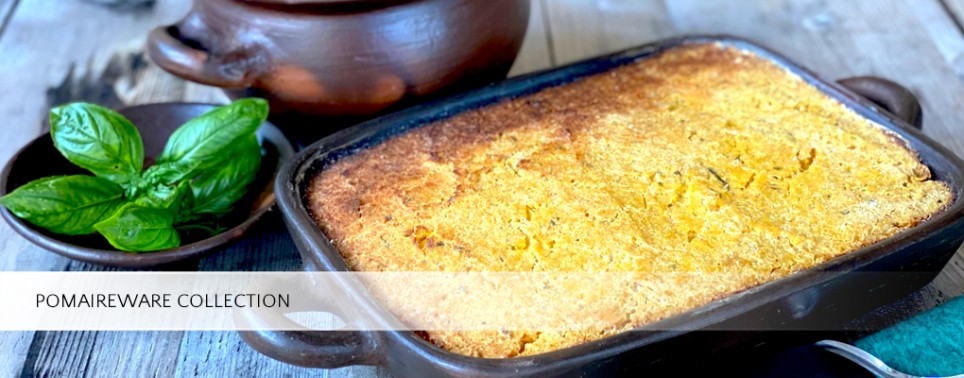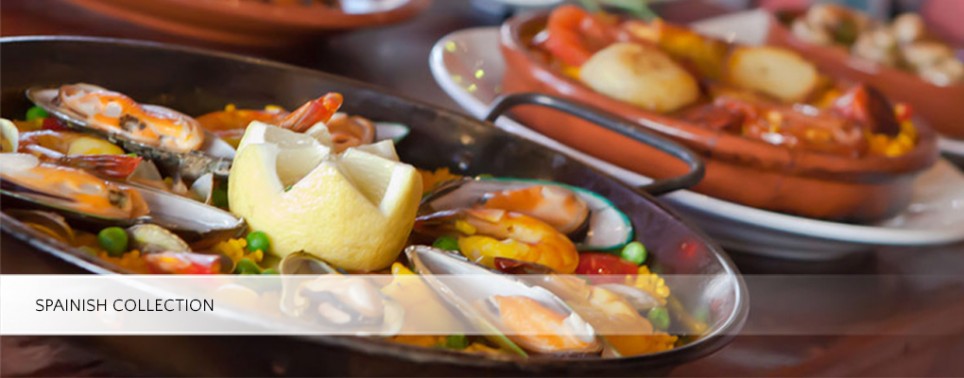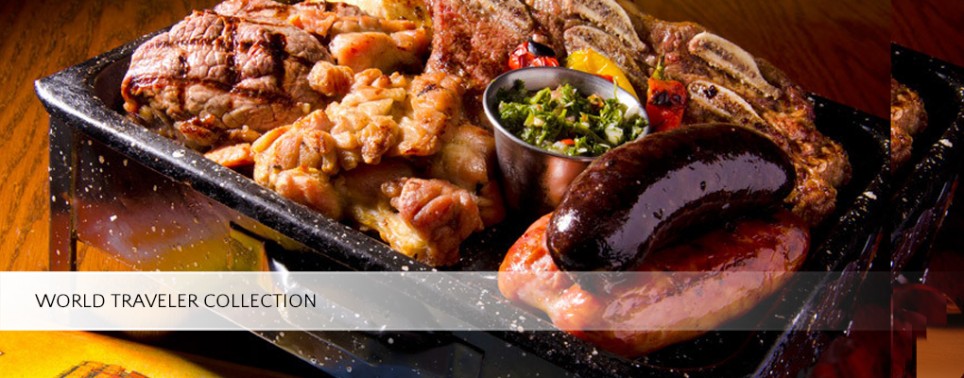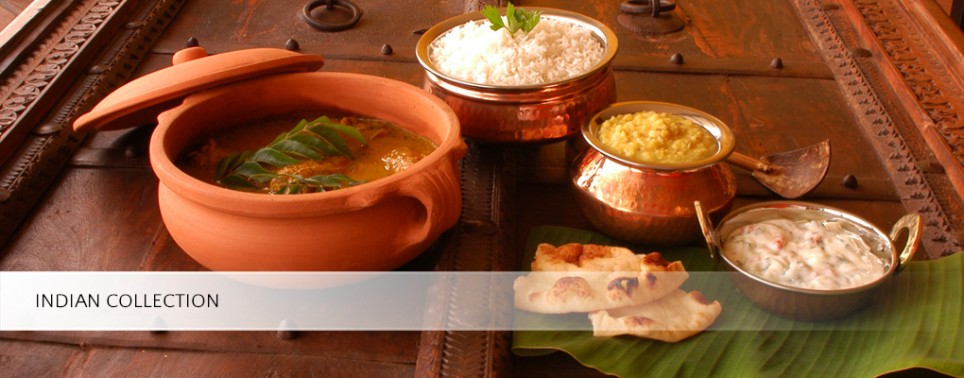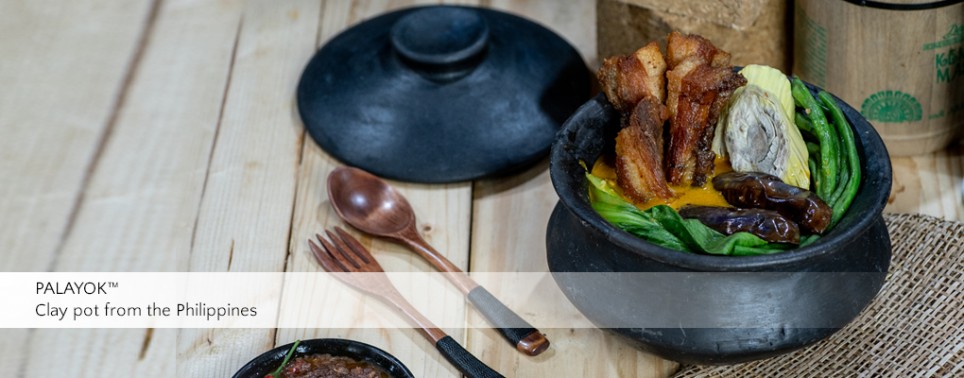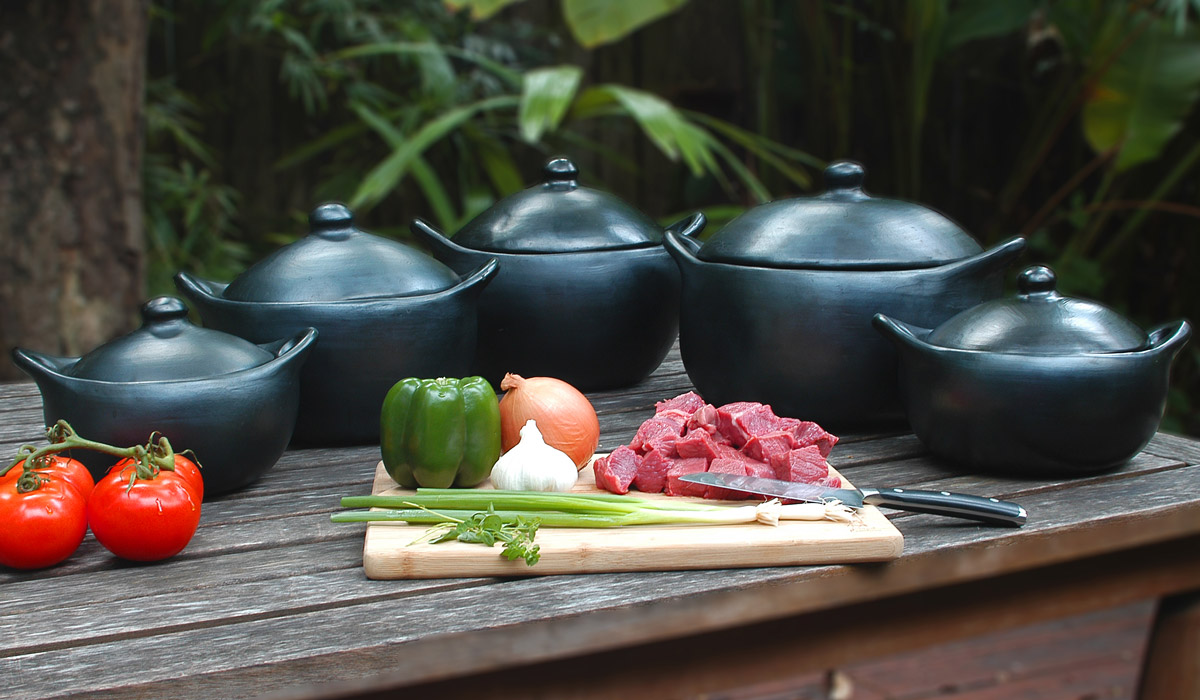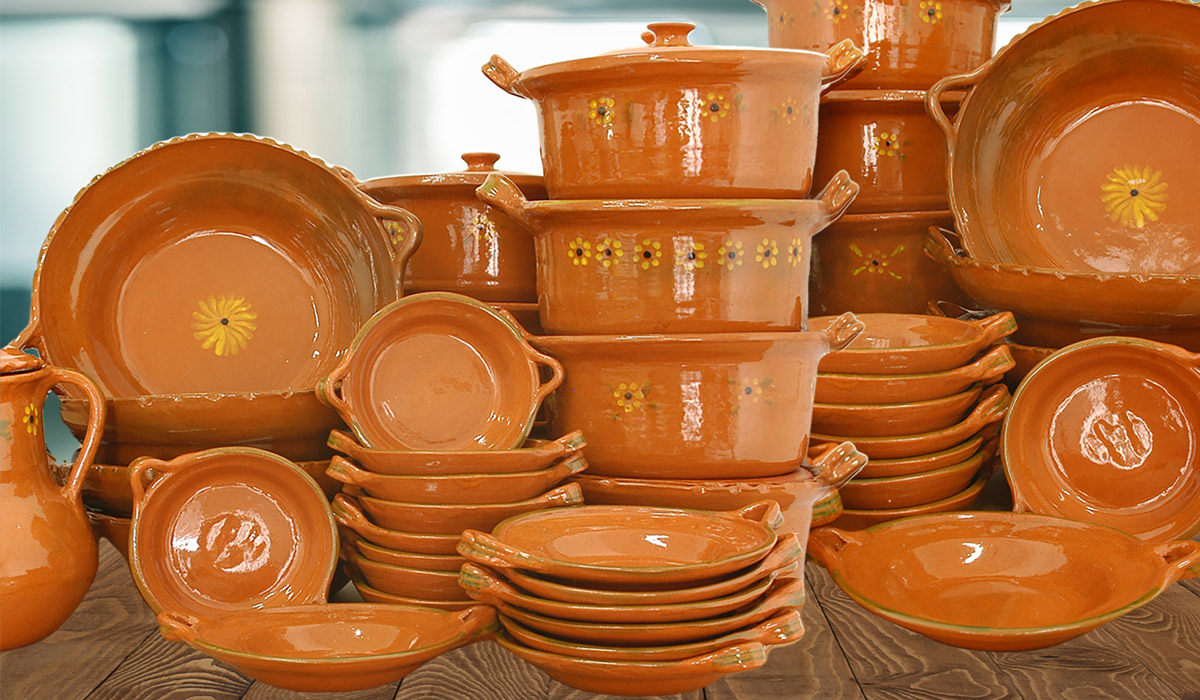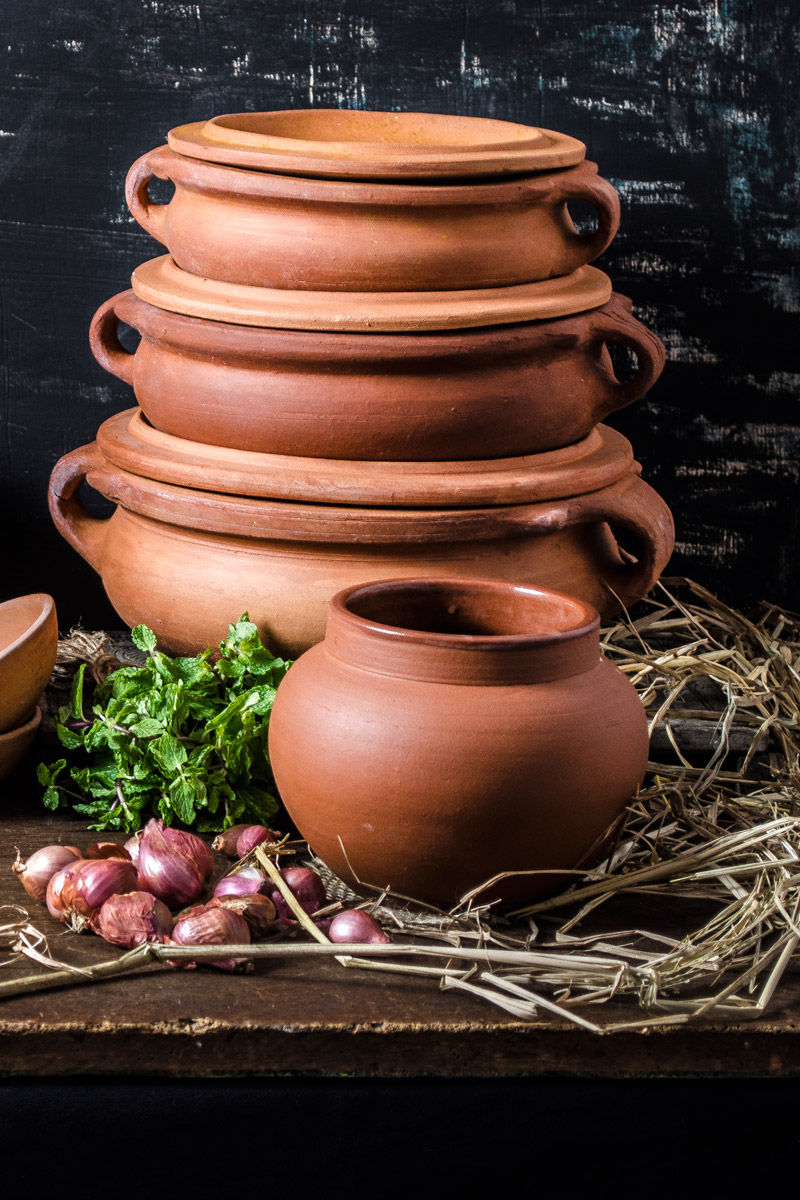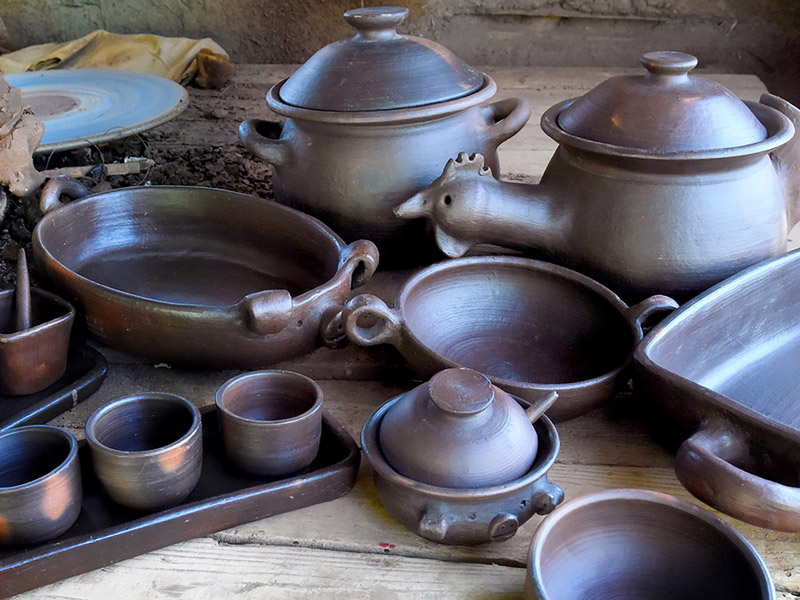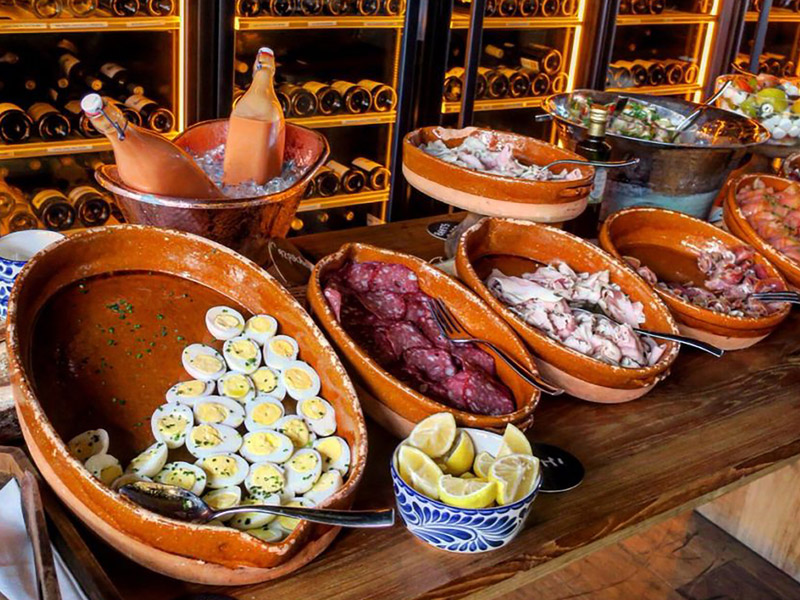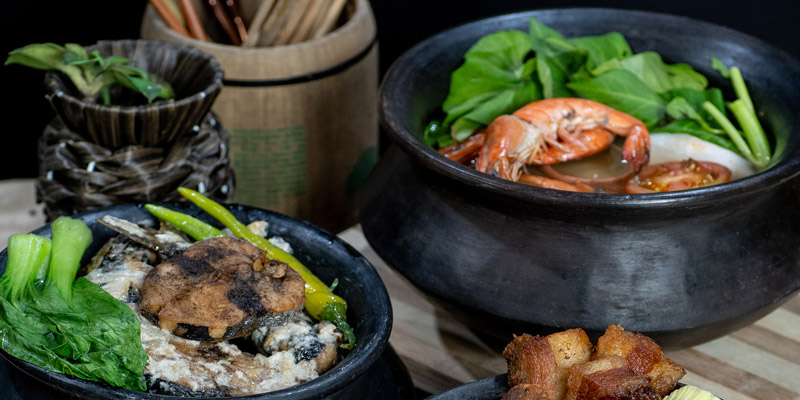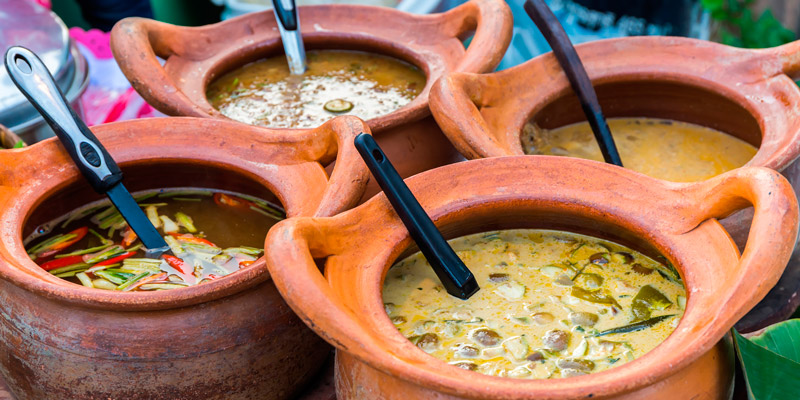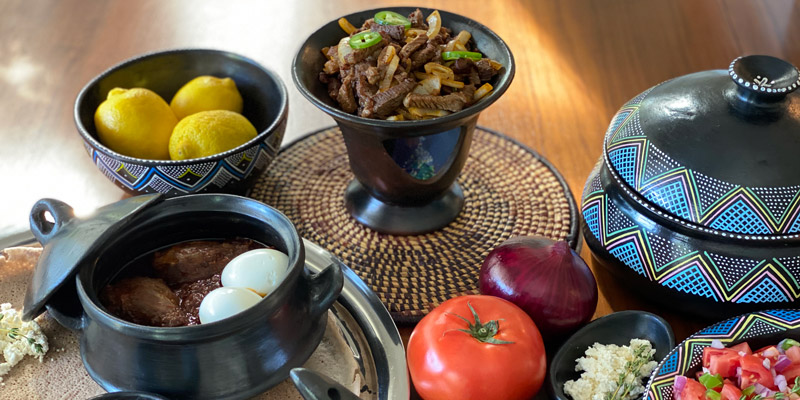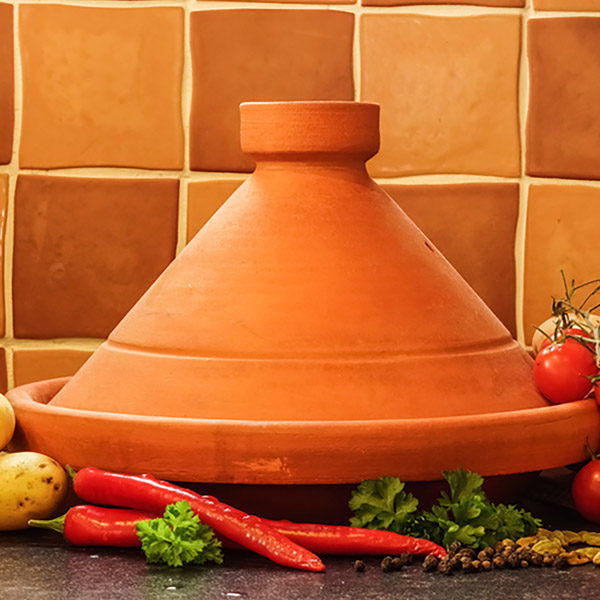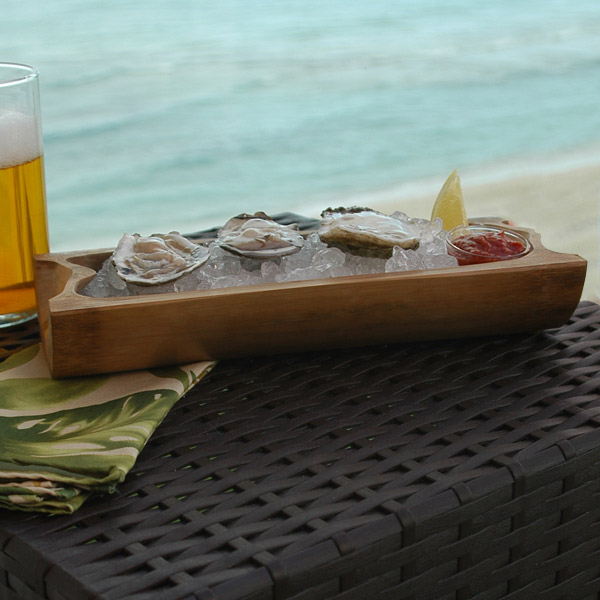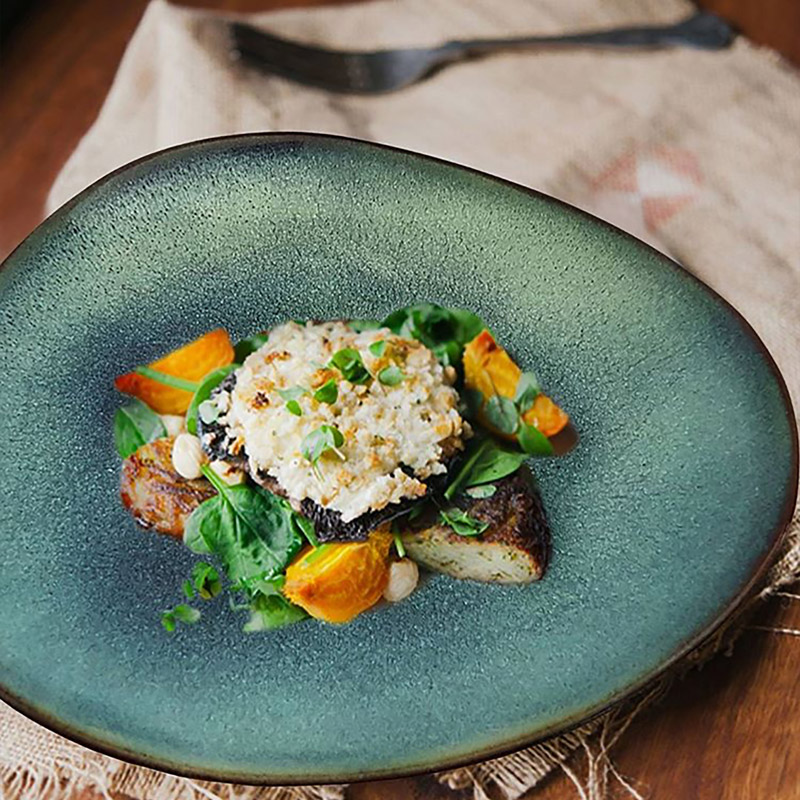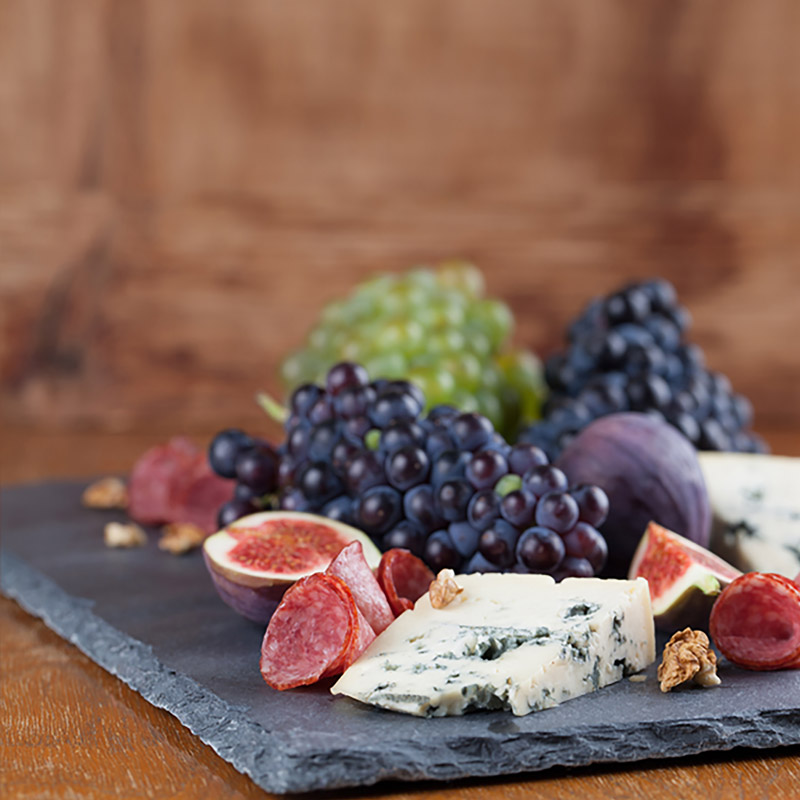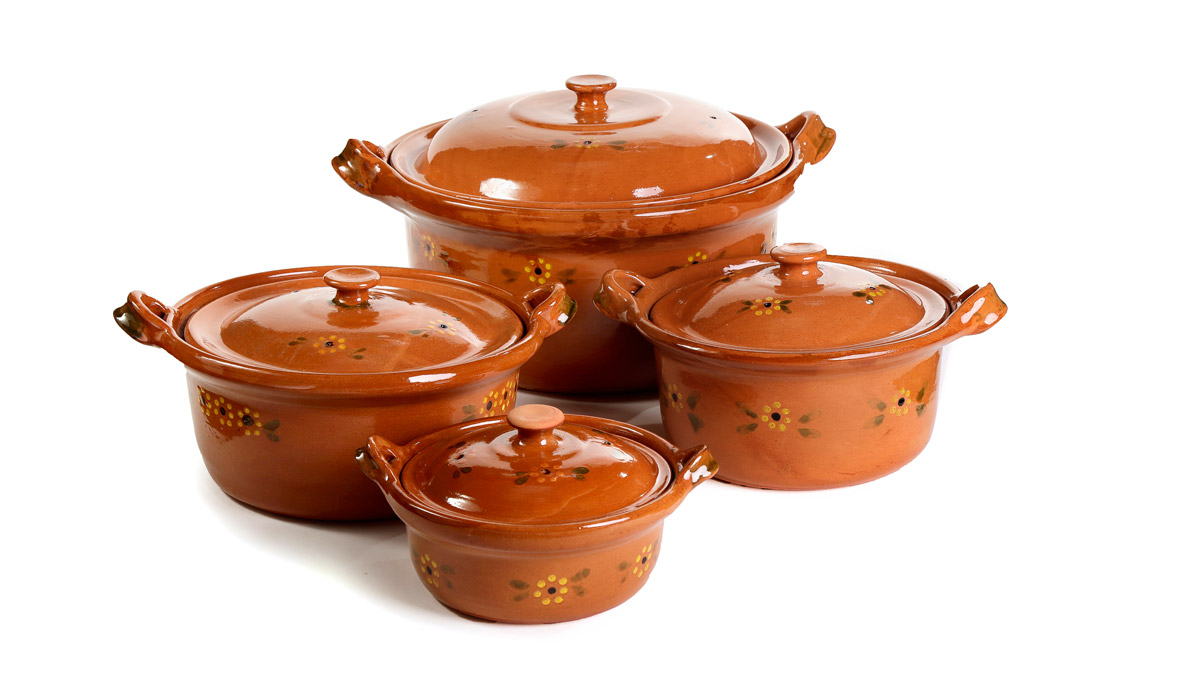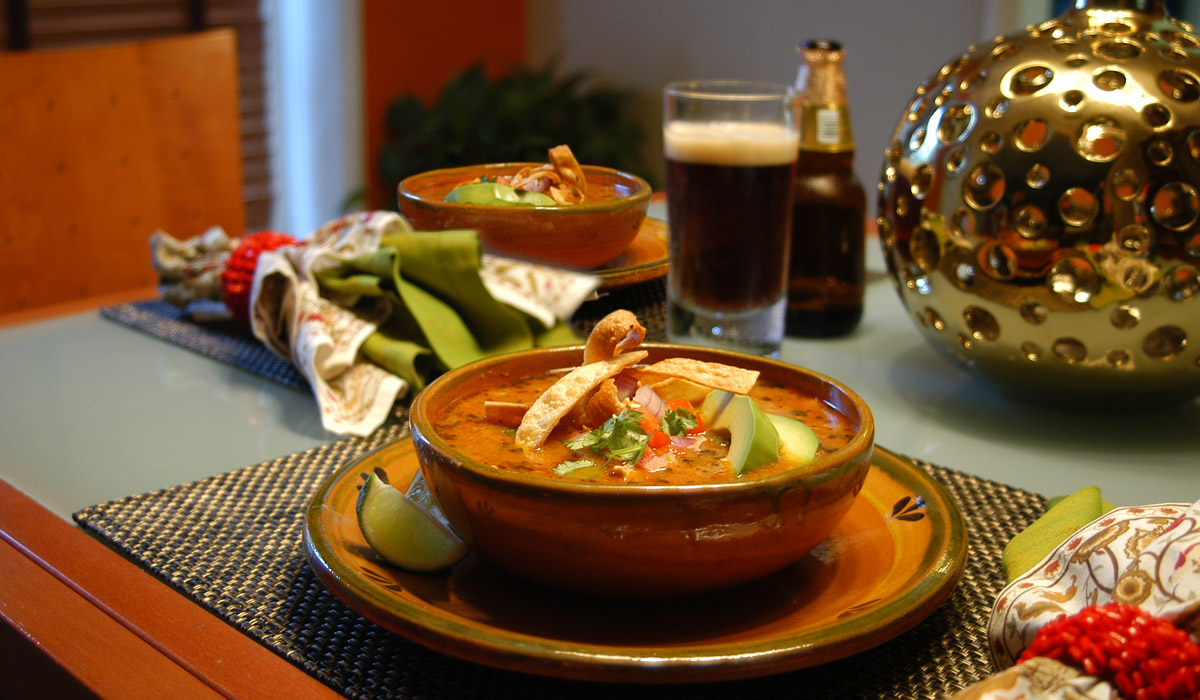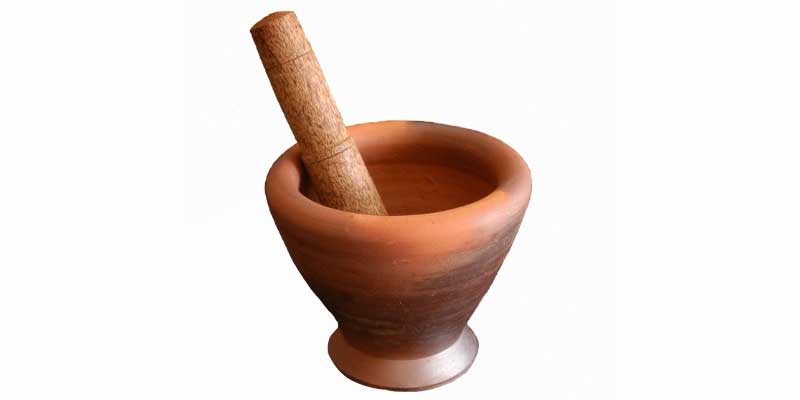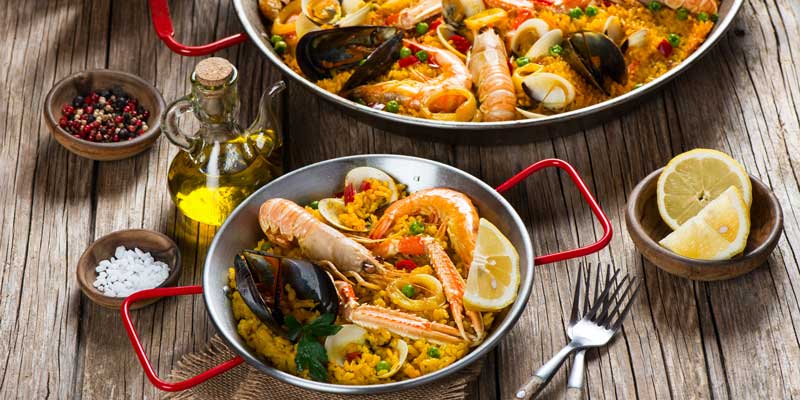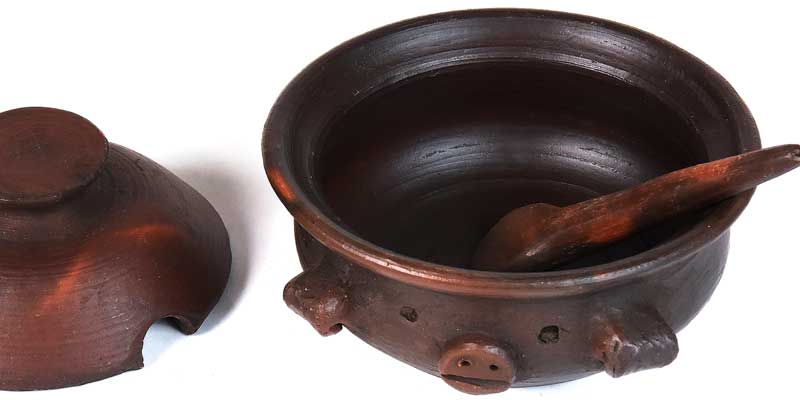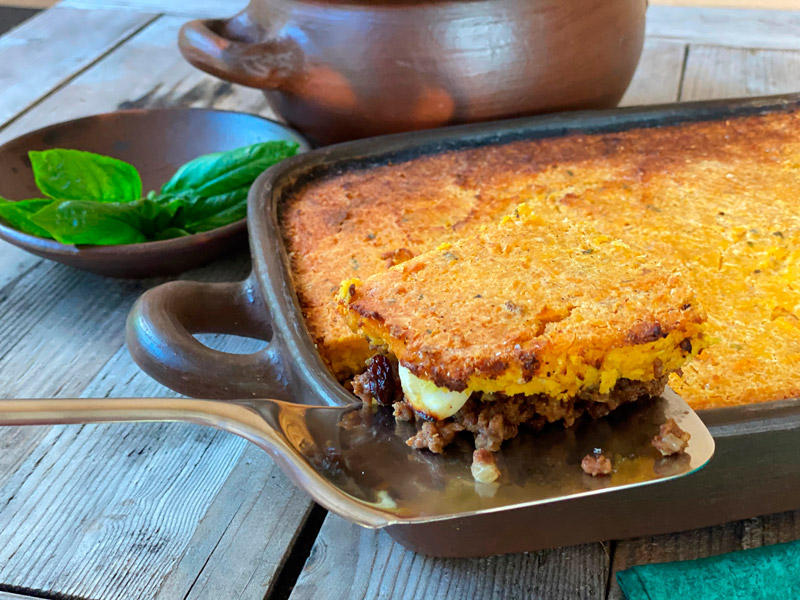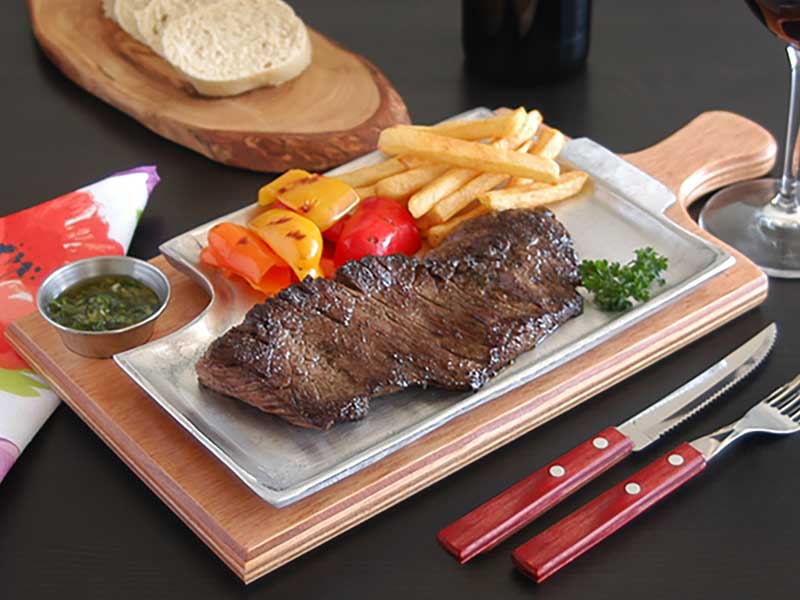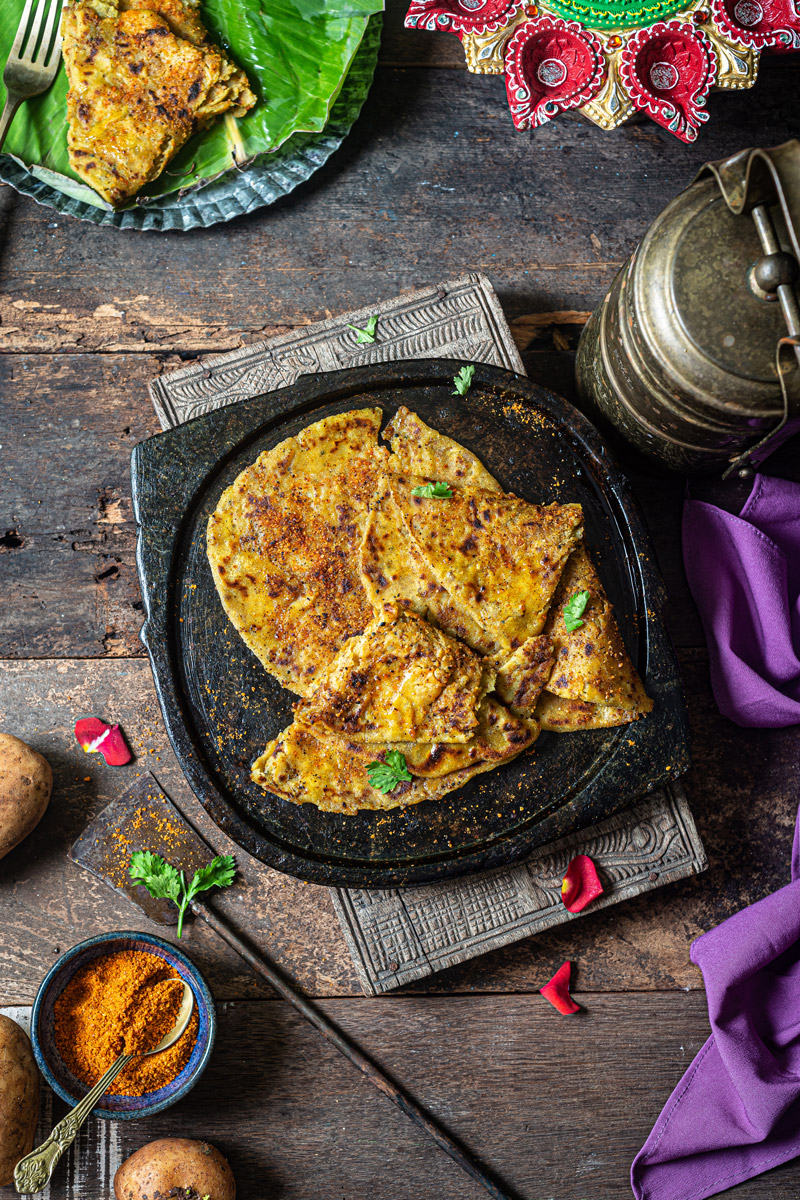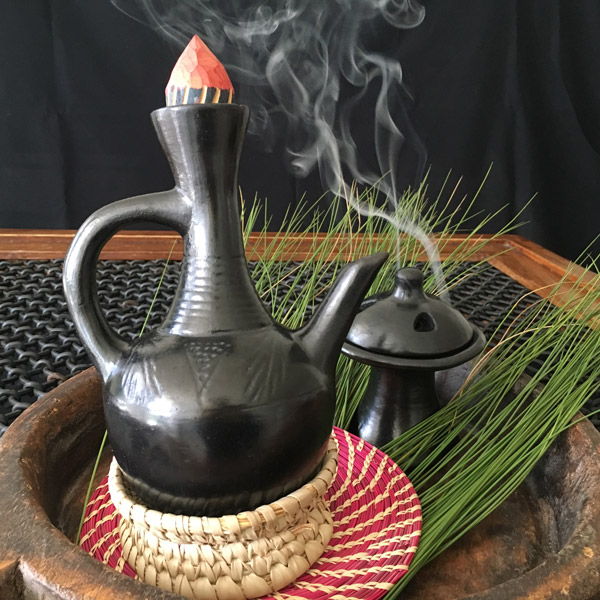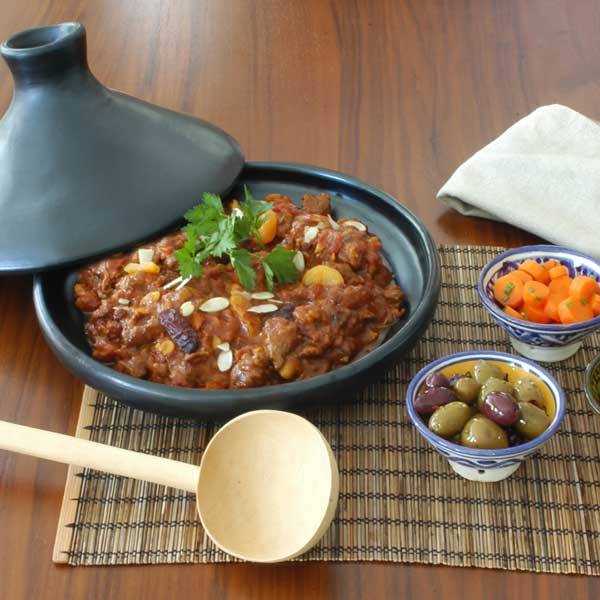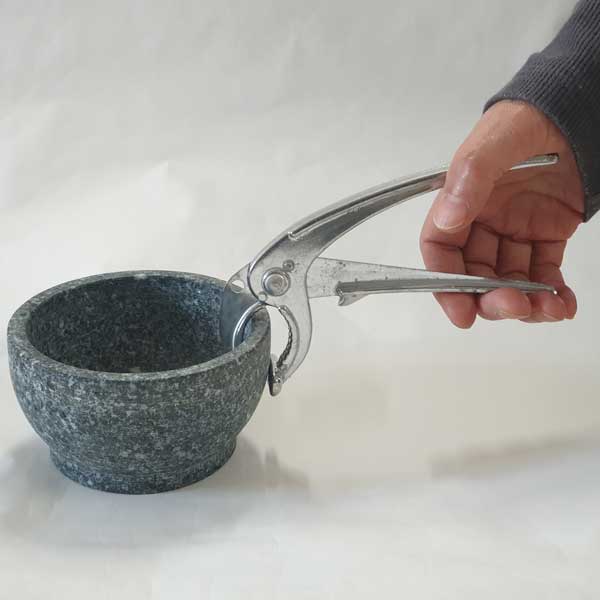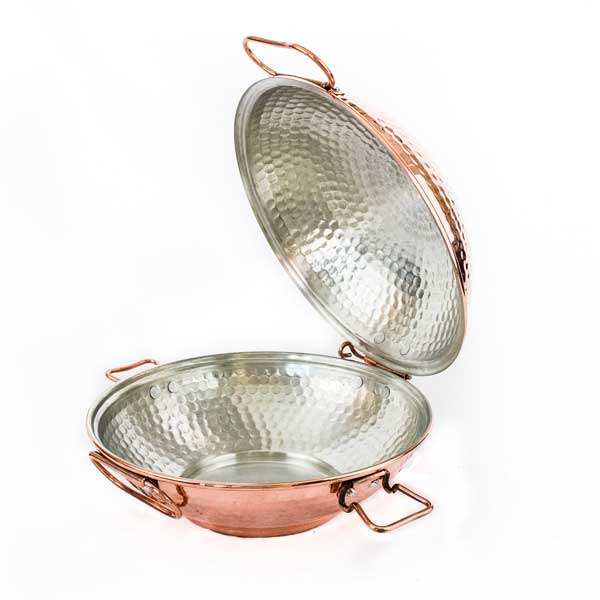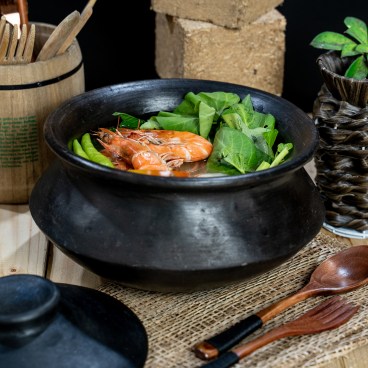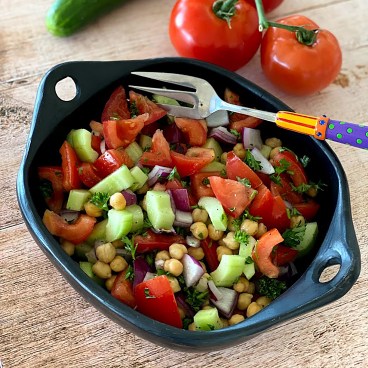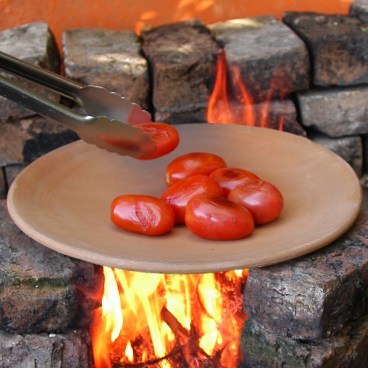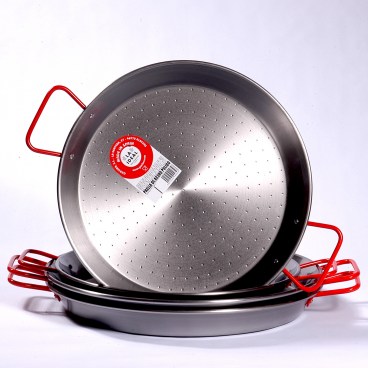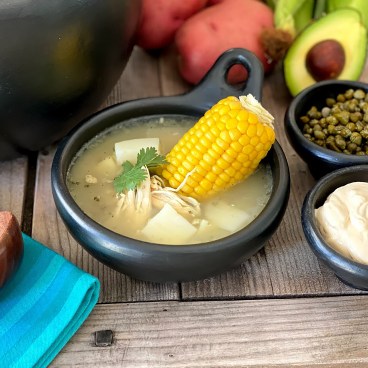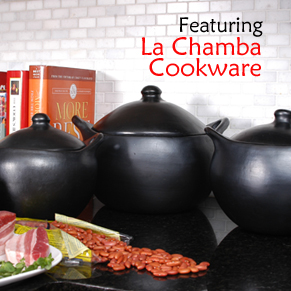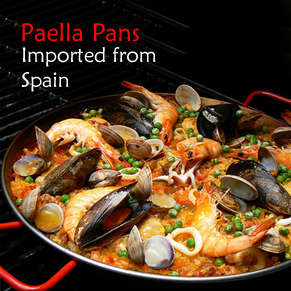In a small village on the banks of the Magdalena River in central Colombia, live entire families of talented artisans that make the Black  Clay Pottery we sell, like their ancestors have done for 700 years. We are fortunate to frequent this land that seemingly time forgot and witness firsthand the daily life of the inhabitants whose lives revolve around the ceramics they produce. The personal relationships we have developed allow us to produce several exclusive designs only available through us.
Clay Pottery we sell, like their ancestors have done for 700 years. We are fortunate to frequent this land that seemingly time forgot and witness firsthand the daily life of the inhabitants whose lives revolve around the ceramics they produce. The personal relationships we have developed allow us to produce several exclusive designs only available through us.
The process of making Black Clay Pottery has remained virtually unchanged since before the Spanish conquest. Still today, there are no mechanical wheels with each pieces being made entirely by hand. It is a laborious process of molding, polishing, and firing. There have been some modernized such as gas furnaces rather than wood burning ovens, but in general they are the same.
 The entire community is dedicated to the production of these ceramics, and how the community sustains itself. Rather than an artisan completing and entire piece, families or individuals specialize in certain steps of the process making it a community effort. After each step, the pieces are then transported often by burros or motor bikes to other families or individuals who complete other steps and so on until the pieces are completely done and packaged.
The entire community is dedicated to the production of these ceramics, and how the community sustains itself. Rather than an artisan completing and entire piece, families or individuals specialize in certain steps of the process making it a community effort. After each step, the pieces are then transported often by burros or motor bikes to other families or individuals who complete other steps and so on until the pieces are completely done and packaged.
Three different types of clays from local mines are used in the making of these ceramics.  They are dissolved in water and strained to remove little stones and other impurities. The interior of the ceramics are made with a mixture of a smooth grey clay that gives the piece its strength and body, and a sandy grey clay that makes it easier to mold. The exterior is then “glazed” with a watery red clay which gives the piece a smooth surface, and allows for the polishing.
They are dissolved in water and strained to remove little stones and other impurities. The interior of the ceramics are made with a mixture of a smooth grey clay that gives the piece its strength and body, and a sandy grey clay that makes it easier to mold. The exterior is then “glazed” with a watery red clay which gives the piece a smooth surface, and allows for the polishing.
 The process begins by the flattening a ball of clay and forming it around a mold specifically made for each model. This “shell” is then smoothed and trimmed using tools fashioned from bamboo and plastic pieces. The pieces are then left to air dry, receiving a light polishing during the drying to make sure they have a smooth surface and are free of sand. The pieces are then transported to other artisans that specialize in adding rims and/or handles.
The process begins by the flattening a ball of clay and forming it around a mold specifically made for each model. This “shell” is then smoothed and trimmed using tools fashioned from bamboo and plastic pieces. The pieces are then left to air dry, receiving a light polishing during the drying to make sure they have a smooth surface and are free of sand. The pieces are then transported to other artisans that specialize in adding rims and/or handles.  The handing off progression continues with other artisans which specialize in the production of the lids, which are custom made for each piece. Even the knobs on the lids are made by artisans who specialize in only adding knobs to lids.
The handing off progression continues with other artisans which specialize in the production of the lids, which are custom made for each piece. Even the knobs on the lids are made by artisans who specialize in only adding knobs to lids.
The delay in production is sometimes caused by rain which prevents the drying of the pieces. During our last visit, it was amazing to see the entire community running to cover all the ceramics that were outside in various production stages and drying when it began to rain.
 Once dry and lightly polished, the pieces are then taken to artisans that glaze each piece with the watery red clay. The glaze is not let to dry completely to allow for the next step of polishing, which is probably the most laborious part of the process.
Once dry and lightly polished, the pieces are then taken to artisans that glaze each piece with the watery red clay. The glaze is not let to dry completely to allow for the next step of polishing, which is probably the most laborious part of the process.  The hand polished, a process known as burnishing, is done by rubbing the entire piece with semiprecious stones until it has a uniform brightness on the surface. Depending on the size of a piece, the polishing can take up to half an hour to an hour. Originally, this polishing was done with smooth river rocks from the bottom of the Magdalena River, but is now done with agate stones brought from Brazil which are stronger.
The hand polished, a process known as burnishing, is done by rubbing the entire piece with semiprecious stones until it has a uniform brightness on the surface. Depending on the size of a piece, the polishing can take up to half an hour to an hour. Originally, this polishing was done with smooth river rocks from the bottom of the Magdalena River, but is now done with agate stones brought from Brazil which are stronger.
 After the pieces are polished and fully dry, they are taken to be fired in custom made gas kilns. Originally the kilns were wood burning conically shaped ovens made by the artisans with bamboo covered with clay. Today the gas kilns make the process easier and faster.
After the pieces are polished and fully dry, they are taken to be fired in custom made gas kilns. Originally the kilns were wood burning conically shaped ovens made by the artisans with bamboo covered with clay. Today the gas kilns make the process easier and faster.
 To start the firing process, the pieces are placed in metal oil drums, with smaller objects going in larger earthenware pieces first. These oil drums are then placed over the furnace’s fire rings and the insulated walls of the kiln are rolled over the drums. The firing process takes approximately three hours, with the furnace reaching approximately 750°C. There is so much heat in room where the firing occurs that is was hard for us to hold the camera as it too got hot. This high heat, together with the glazing and burnishing process, result in utilitarian pieces strong enough to withstand rough treatments and make them ovenproof.
To start the firing process, the pieces are placed in metal oil drums, with smaller objects going in larger earthenware pieces first. These oil drums are then placed over the furnace’s fire rings and the insulated walls of the kiln are rolled over the drums. The firing process takes approximately three hours, with the furnace reaching approximately 750°C. There is so much heat in room where the firing occurs that is was hard for us to hold the camera as it too got hot. This high heat, together with the glazing and burnishing process, result in utilitarian pieces strong enough to withstand rough treatments and make them ovenproof.
 After the firing comes probably the most interesting part of the entire process. The insulated walls of the kiln are rolled away, and processed vegetable materials in the form of saw dust, rice husks, or other materials are added to the oil drums where the pieces are still red from the heat. The material immediately catches fires and begins to smoke. The drums are then covered, extinguishing the flames, while the material continues to smoke vigorously. The smoke penetrates the pieces giving each piece the black color that so characterizes products from La Chamba.
After the firing comes probably the most interesting part of the entire process. The insulated walls of the kiln are rolled away, and processed vegetable materials in the form of saw dust, rice husks, or other materials are added to the oil drums where the pieces are still red from the heat. The material immediately catches fires and begins to smoke. The drums are then covered, extinguishing the flames, while the material continues to smoke vigorously. The smoke penetrates the pieces giving each piece the black color that so characterizes products from La Chamba.
The entire village and artisans are extremely proud of their products, as we are bringing them to you.

